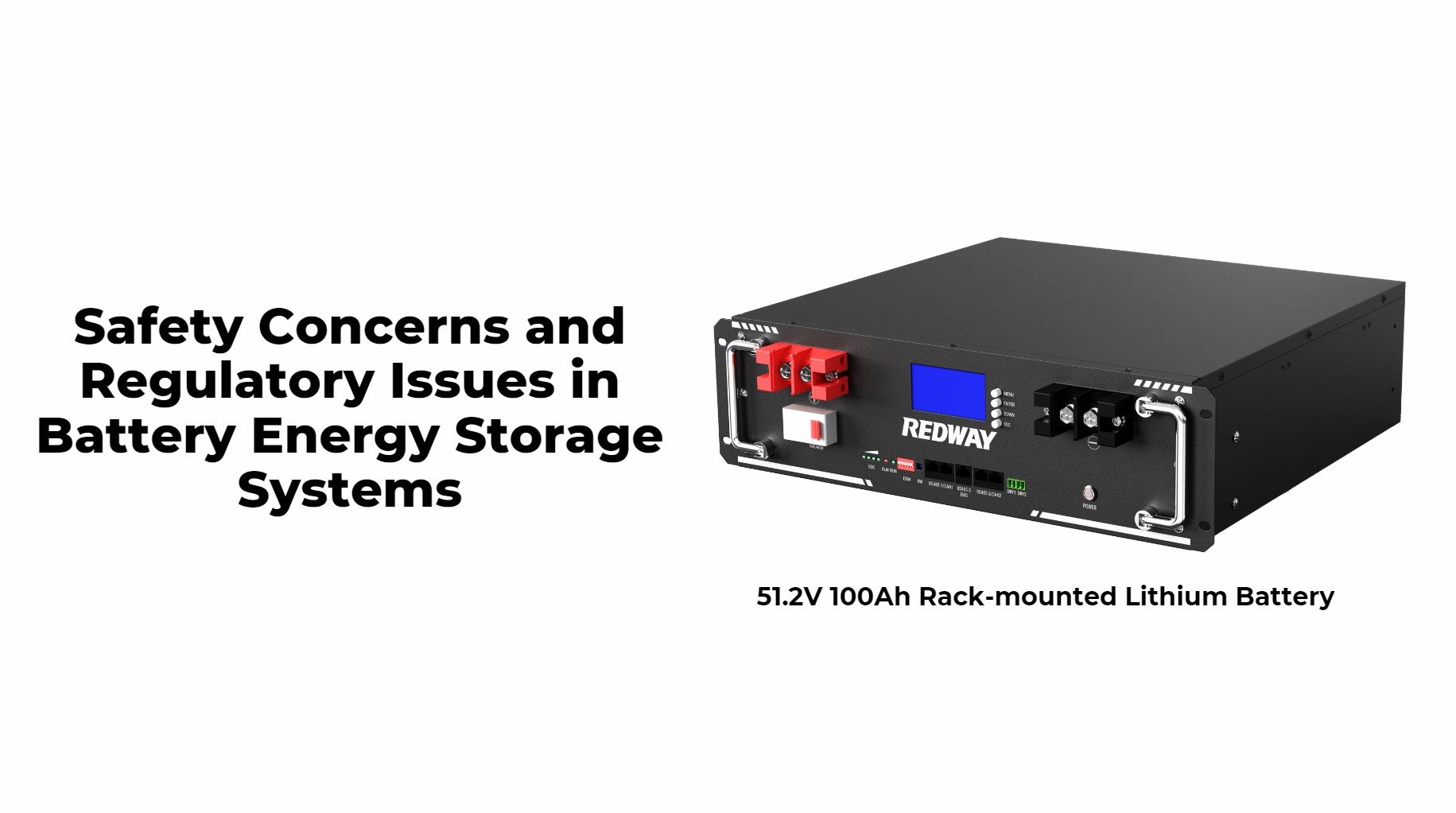As battery energy storage systems (BESS) become increasingly integral to our energy infrastructure, addressing safety concerns and regulatory issues is crucial for their successful implementation and public acceptance. This article provides a detailed examination of the primary safety concerns associated with BESS, the evolving regulatory landscape, and the measures necessary to ensure safe and compliant operation.
Safety concerns in battery energy storage systems focus on risks like thermal runaway, which can lead to fires or explosions if unmanaged. Regulations such as NFPA 855 outline best practices for installation and operation while requiring emergency response plans from developers to ensure community safety during incidents involving battery failures.
Safety Concerns
Thermal Runaway
Thermal runaway is one of the most significant safety risks associated with lithium-based batteries. This phenomenon occurs when a battery cell experiences overheating due to internal or external factors. The excessive heat can lead to a chain reaction, causing adjacent cells to overheat and potentially resulting in fires or explosions. Preventive measures, such as improved battery management systems (BMS) and advanced thermal protection technologies, are essential to mitigate this risk.
Fire Hazards
While the overall risk of fires from battery storage systems is relatively low, incidents have occurred that underscore the importance of stringent safety measures. Notable incidents, such as those reported in Germany, have prompted calls for stricter safety standards to protect consumers and stakeholders. Implementing robust fire suppression systems and regular maintenance protocols can help reduce the likelihood of fire-related incidents.
Chemical Leakage
Chemical leakage is another critical safety concern. Batteries contain hazardous chemicals that, if leaked, can pose risks to human health and the environment. To address these risks, it is essential to use high-quality materials, ensure proper containment, and employ advanced leak detection and management systems. Additionally, comprehensive safety training for personnel handling batteries can further mitigate these risks.
Public Perception
Public perception plays a significant role in the adoption of energy storage technologies. Concerns about fire risks and toxic emissions can deter potential users from embracing battery storage solutions. Addressing these concerns through transparency, improved safety features, and educational initiatives can help build public trust and encourage wider adoption.
Regulatory Issues
Evolving Standards and Certifications
The regulatory framework for BESS is continually evolving to address new safety concerns and technological advancements. Existing standards and certifications may not fully encompass the latest risks and innovations. For example, certifications such as UL 9540 and UL 9540A are critical for validating system integration and assessing fire risks, respectively. Ongoing updates to these standards are necessary to keep pace with industry developments and emerging challenges.
Testing Requirements
Regulatory bodies mandate rigorous testing requirements for battery storage systems to ensure their safety and performance. Systems must undergo comprehensive testing to verify their compliance with safety standards. This includes tests for thermal runaway propagation and other potential hazards. Adhering to these testing requirements is crucial for ensuring that battery systems operate safely and reliably.
Emergency Response Planning
Developing a robust emergency response plan is essential for operators of battery energy storage systems. This plan should outline procedures for responding to potential emergencies, including fires, chemical spills, and extreme weather events. Collaboration with local first responders and regular drills can help ensure preparedness and minimize the impact of any incidents.
Environmental Regulations
Battery storage systems are subject to a range of environmental regulations covering their entire lifecycle, from raw material extraction to end-of-life disposal. Sustainable practices, such as responsible sourcing of materials and comprehensive recycling programs, are vital for reducing the environmental footprint of battery systems. Compliance with these regulations helps to promote sustainability and minimize the impact of battery technologies on the environment.
Conclusion
The successful integration of battery energy storage systems into the energy landscape hinges on addressing key safety concerns and navigating the evolving regulatory environment. By focusing on enhanced safety measures, staying abreast of regulatory changes, and implementing effective emergency response strategies, stakeholders can ensure the safe and sustainable operation of energy storage technologies. Ongoing collaboration among industry players, regulatory bodies, and technology developers will be essential to fostering a safe and resilient energy storage sector, paving the way for broader adoption and continued advancement in this vital field.




